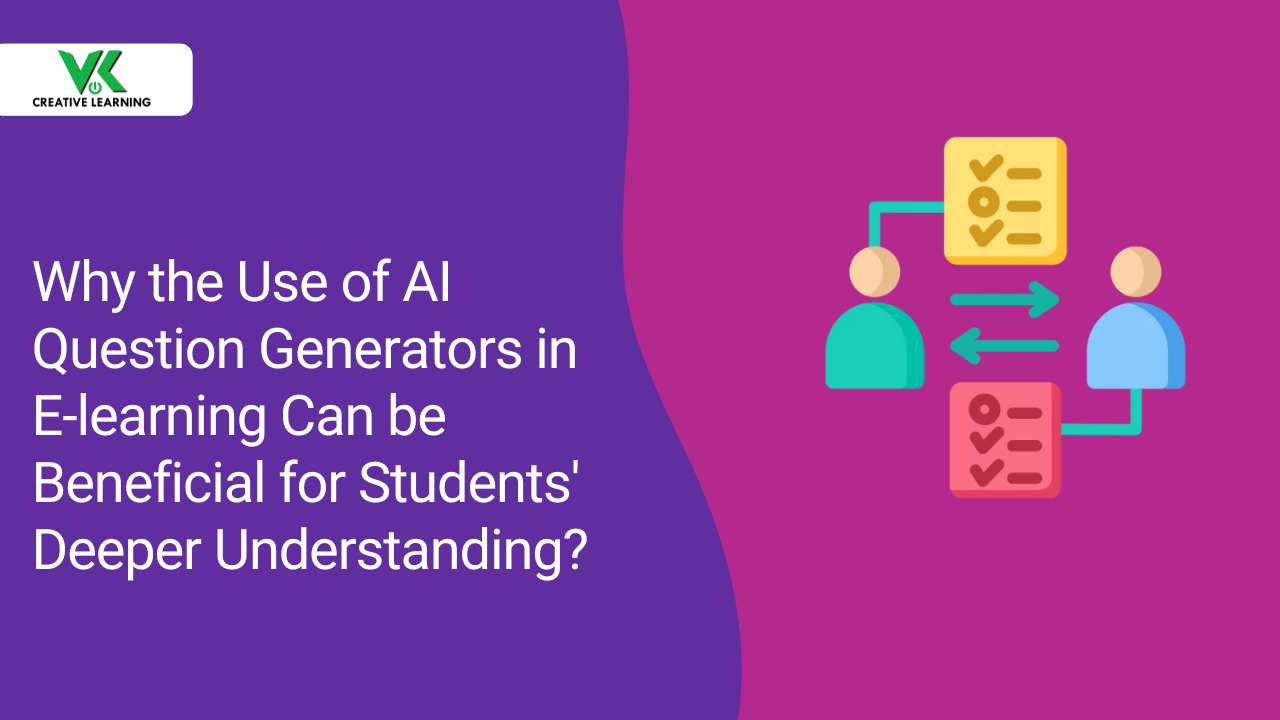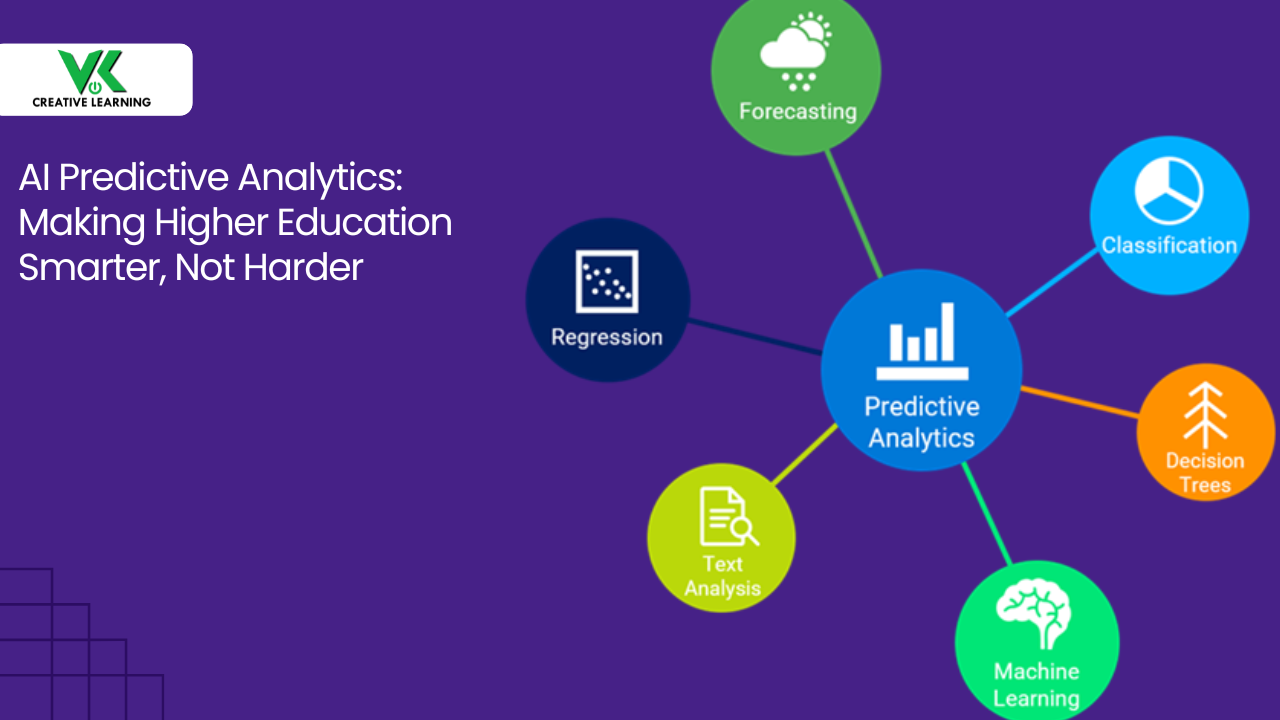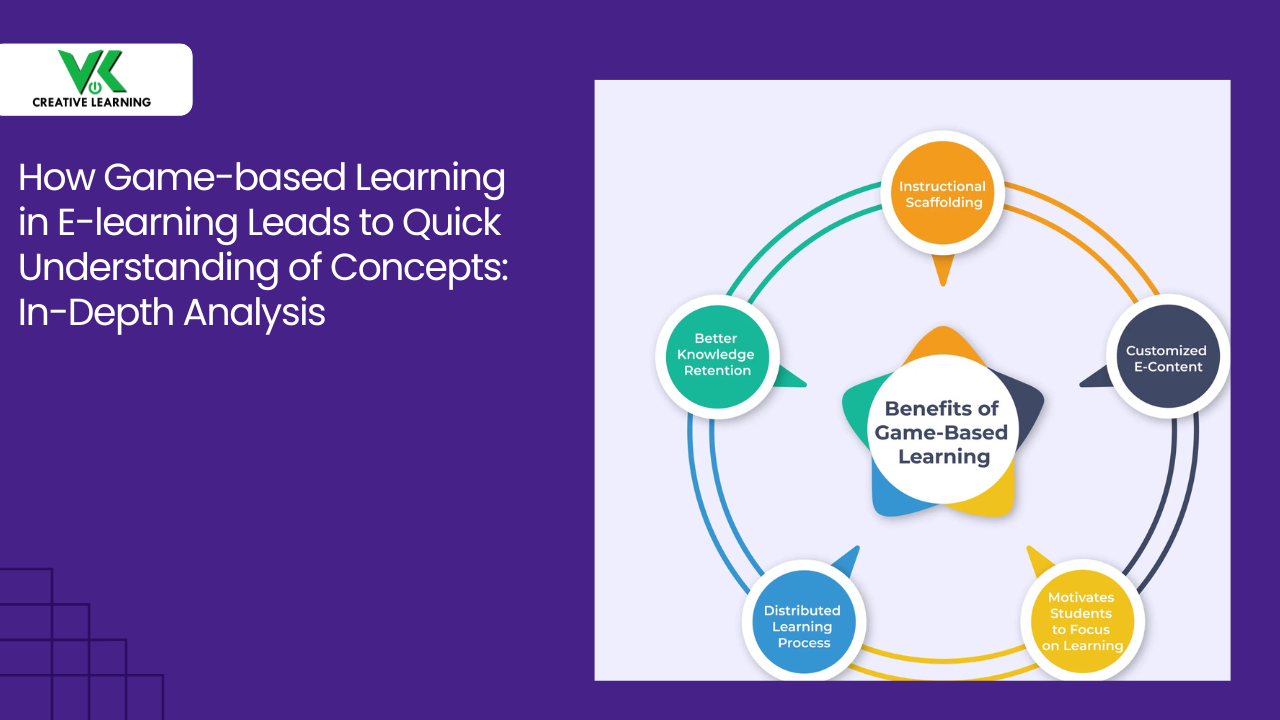How cognitive learning techniques can be incorporated in eLearning solutions to boost learning skills and help learners to retain more information?
May 07, 2020
For a concept to get deeply ingrained in the mind, any type of eLearning content may not be enough. eLearning content has to be designed to meet the learner’s needs. To elaborate, text or animated content without structure, or proper explanation, or required examples may not serve the desired learning objectives. eLearning content is said to be strong and impactful only when the learners are able to understand the content; assimilate the concepts, without much problems, retain the taught information, and apply the learnt information in daily life.
Our understanding on students and professionals’ learning problems and ways to overcome them
VKCL conducted several rounds of discussions with students, professionals, and psychology experts to understand the possible best techniques to implement in K-12 eLearning solutions and corporate eLearning solutions to meet learner’s requirements. We also went through a vast number of scholarly journals and articles for the same. We discovered that the human brain can perceive, process, and retain finite amounts of information at a given time, and different people have different learning and retaining skills. Additionally, we found that learners shy away from learning if the mental effort required is high. In other words, cognitive load which is the total efforts put by the learner’s brain to learn or finish a task completely should not be on a higher level. Thus, K-12 eLearning solutions and corporate eLearning solutions have to be carefully structured and designed based on cognitive learning abilities of the individuals to deliver enhanced learning and avoid cognitive overload.
How VKCL uses cognitive learning techniques and incorporates practical methodologies to develop effective eLearning solution?
We believe that learning goes beyond memorizing facts and figures. Hence we followed cognitive learning techniques, with a main focus on the process of learning, while creating K-12 eLearning solutions and corporate eLearning solutions. Cognitive learning involves the methodologies of using abstract thinking and logical reasoning. Further we designed the eLearning solution in such a way that it encouraged learners to use their critical thinking skills, decision making skills and cross linking information learnt in one subject in another. The idea of using cognitive learning and other techniques were to support learners to:
- Understand a new topic quickly
- Segregate vital information from a vast information which they may get access to
- Making swift decision on application of knowledge in daily life
How we blended cognitive learning skills with 2D and 3D animation and simulations to deliver powerful and deft learning?
We knew the essential ingredients to create impactful eLearning content was to introduce 2D and 3D animation, videos, and simulations. Also by incorporating assessments, tests and quizzes in K-12 eLearning solutions and corporate eLearning solutions, the learners were prompted to use their critical thinking skills, decision making skills, and logical reasoning skills. Games based on the concepts assisted learners to evaluate how deeply they have absorbed a given piece of information, and their capability to apply it in the real world scenarios. More importantly, these measures based on cognitive and smart learning skills helped learners to grasp a concept quickly, and made the eLearning content interesting, interactive and engaging.




